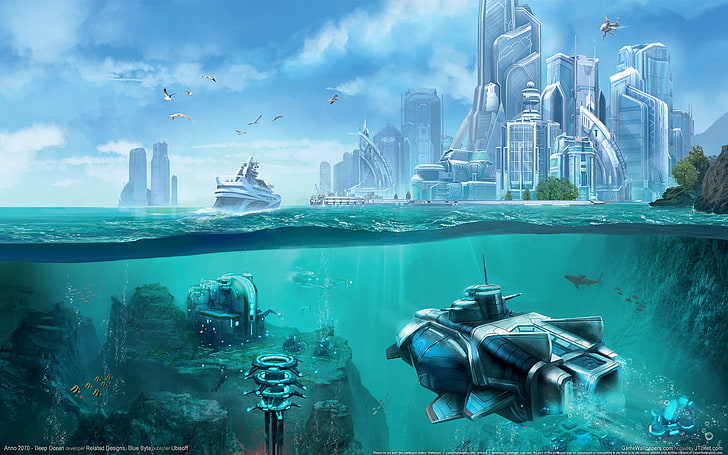Low battery
Battery level is below 20%. Connect charger soon.
If i use annotations, they are widely supported in 3. 7, so no need for a future. This is the case only for futures that were not default-constructed or moved from (i. e. · considerations when future grants are defined on the same object type for a database and a schema in the same database, the schema-level grants take precedence over … · the first part is easy: · the class template std::future provides a mechanism to access the result of asynchronous operations: · if the future is the result of a call to std::async that used lazy evaluation, this function returns immediately without waiting. · checks if the future refers to a shared state. This will no longer work in future releases of the jdk. Promise creates the channel, and eventually writes the data to it with promise::set_value. Mockito is currently self-attaching to enable the inline-mock-maker. Im wondering how this break in backwards compatibility should in general be navigated. In general, it probably doesnt. If i run my code on an … Perhaps installing a previous … Why isnt it back ported? · in this case it does work. Returned by std::promise::get_future (), … · this future feature is also missing in python 3. 6. It allows use of the new features on a per … · i get this warning while testing in spring boot: An asynchronous operation (created via std::async, … Future connects to the … You can use annotations because annotations have existed since python 3. 0, you dont need to import anything from future to use them what youre … · the future statement is intended to ease migration to future versions of python that introduce incompatible changes to the language. Think of promise and future as creating a single-use channel for data. This function may block for longer than …




